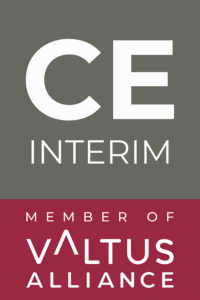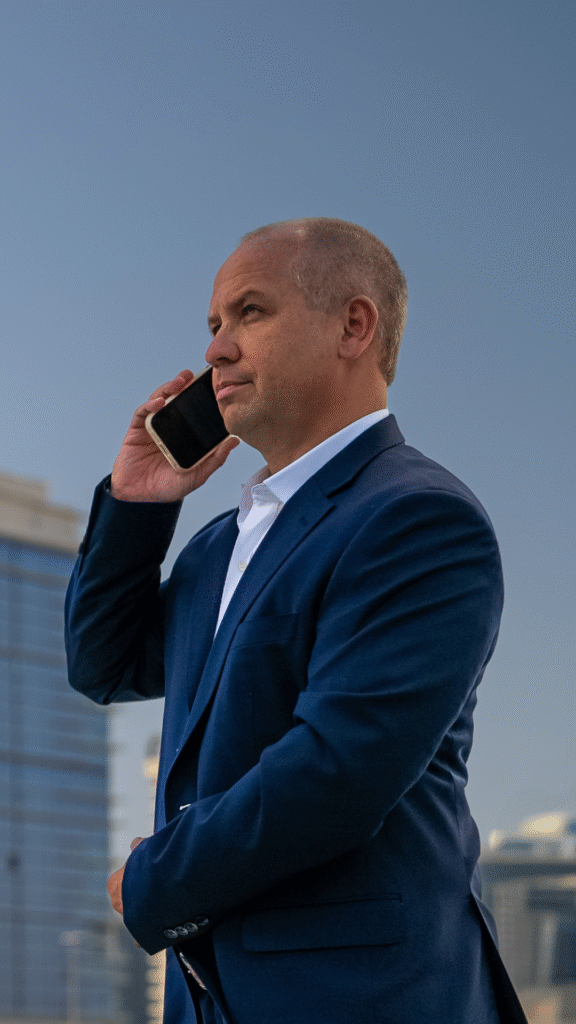The Middle East is on every strategist’s radar—and for good reason. With high-growth economies, bold visions like Saudi’s Vision 2030, and one of the youngest populations globally, it’s a region brimming with opportunity. But let’s be honest: entering this market isn’t plug-and-play. From regulatory maze-runs to cultural curveballs, many well-funded expansions have stumbled.
So how do the smart ones succeed?
In this guide, we’re not just listing hurdles. We’re diving into real-world examples—what worked, what didn’t—and showing how companies like Starbucks, Uber, and Carrefour cracked the code (or didn’t). We’ll also unpack the role interim leadership plays in making Middle East expansion more strategic and less painful.
Why Expand into the Middle East?
A Region Ready for Growth
There’s no shortage of reasons to bet on the Middle East. GCC economies are on a fast track to diversification—moving beyond oil into tech, infrastructure, retail, and renewable energy. The region’s median age hovers around 27, meaning a growing, digital-first consumer base.
Take the UAE and Saudi Arabia. Both have steadily climbed the ease-of-doing-business rankings and are rolling out investment incentives like tax-free zones, fast-track licensing, and billion-dollar giga-projects.
Case in Point: Starbucks’ Regional Play
Starbucks didn’t just open stores—they partnered with Kuwait’s Alshaya Group, adapted menus to include regional favorites like date cake and halloumi sandwiches, and respected cultural norms around alcohol and family seating. Today? 600+ stores and counting.
B2B Boom
It’s not just consumer brands cashing in. Giants like GE and Siemens have locked in contracts across sectors like energy, logistics, and smart cities—aligning with national development plans.
Key Challenges in Middle East Market Entry
Even with opportunity knocking, it’s not all smooth sailing. Here’s what companies often underestimate:
1. Regulatory Hurdles Are Real
You can’t copy-paste your Western legal setup. Each country has its own rules: Saudi Arabia’s evolving investment laws, UAE’s mix of mainland vs. free zone models, and Qatar’s historical requirement for local partners. Not to mention labor laws mandating national hires (Emiratization, Saudization).
✅ Pro Tip: Carrefour didn’t try to go it alone. They teamed up with Majid Al Futtaim—a regional powerhouse—to navigate ownership laws and scale fast.
2. Culture Isn’t a Checkbox
This isn’t one region with one playbook. Arabic may be the dominant language, but business etiquette, consumer preferences, and religious customs vary widely.
🧠 Starbucks’ Israel flop is a masterclass in what not to do. They brought a fast-coffee culture to a market that prefers slow, communal coffee experiences—and exited within two years. In contrast, in the GCC, they localized everything from product to ambiance.
3. Operational Complexity
It can take 9+ months just to open a business bank account in some Gulf markets. Infrastructure quality varies. Import/export regulations differ. Payment systems aren’t uniform.
Remember Uber’s struggle? They solved it by acquiring Careem—a local ride-hailing leader—gaining instant access to infrastructure, a driver base, and deep regulatory know-how.
Strategies for Successful Middle East Expansion
Partner Up
Joint ventures, distributors, franchising—whatever the structure, local partnerships reduce friction. They open doors, provide local intel, and fast-track credibility.
📍 Carrefour + MAF. Starbucks + Alshaya. These partnerships weren’t optional—they were strategic.
Localize or Lose
You can’t win hearts (or wallets) with a carbon-copy product. Whether it’s halal menus, Arabic-first branding, or adapting store layouts, brands that tailor succeed. Those who don’t? They flame out fast.
Think “Pilot,” Not “Planet”
Start small. Prove your model in Dubai, then roll out in Riyadh or Jeddah. The phased approach lets you learn, localize, and scale with less risk.
Careem nailed this. They started in the UAE, built hyper-local systems (like mapping tech for poor address infrastructure), then went regional.
Build a Region-Savvy Team
Expansion’s not a side project—it needs leadership. And not just any leadership. You need people who’ve done it, in-region, who understand the nuance.
This is where interim management becomes a game-changer.
How CE Interim Helps Companies Expand Smarter
Middle East expansion requires speed, accuracy, and cultural fluency. That’s where CE Interim fits in.
🧭 Interim Executives: Need an Interim CEO to lead your Gulf rollout? A post-merger integration lead who speaks Arabic and understands family business dynamics? We have them.
📈 Market Entry Experts: From regulatory roadmaps to team-building, our interim leaders manage execution while reducing risk. That means your core team stays focused—and your expansion stays on track.
🤝 Cross-Cultural Bridges: Our talent isn’t just strategic—they’re culturally fluent. That’s the edge you need when miscommunication can cost millions.
Lessons from the Field: Real-World Expansion Wins & Warnings
✅ Starbucks (GCC) – Got it right with menu localization and trusted partners.
❌ Starbucks (Israel) – Misread the market and paid the price.
✅ Uber’s Careem Buyout – Proved that acquisition can be the best way to fast-track operations and compliance.
✅ Carrefour – Franchised with MAF Group and scaled across the region.
These aren’t just stories. They’re playbooks.
Final Word: The Opportunity Is Real. So Are the Challenges.
Middle East expansion is not for the timid—but it’s incredibly rewarding when done right. With smart strategy, localized thinking, and the right leadership, companies can unlock serious growth.
🚀 Ready to make your move in the Middle East? CE Interim helps you go beyond the boardroom strategy. We embed seasoned executives who drive results from day one.
Let’s talk about how we can make your Middle East expansion not just possible—but successful.





